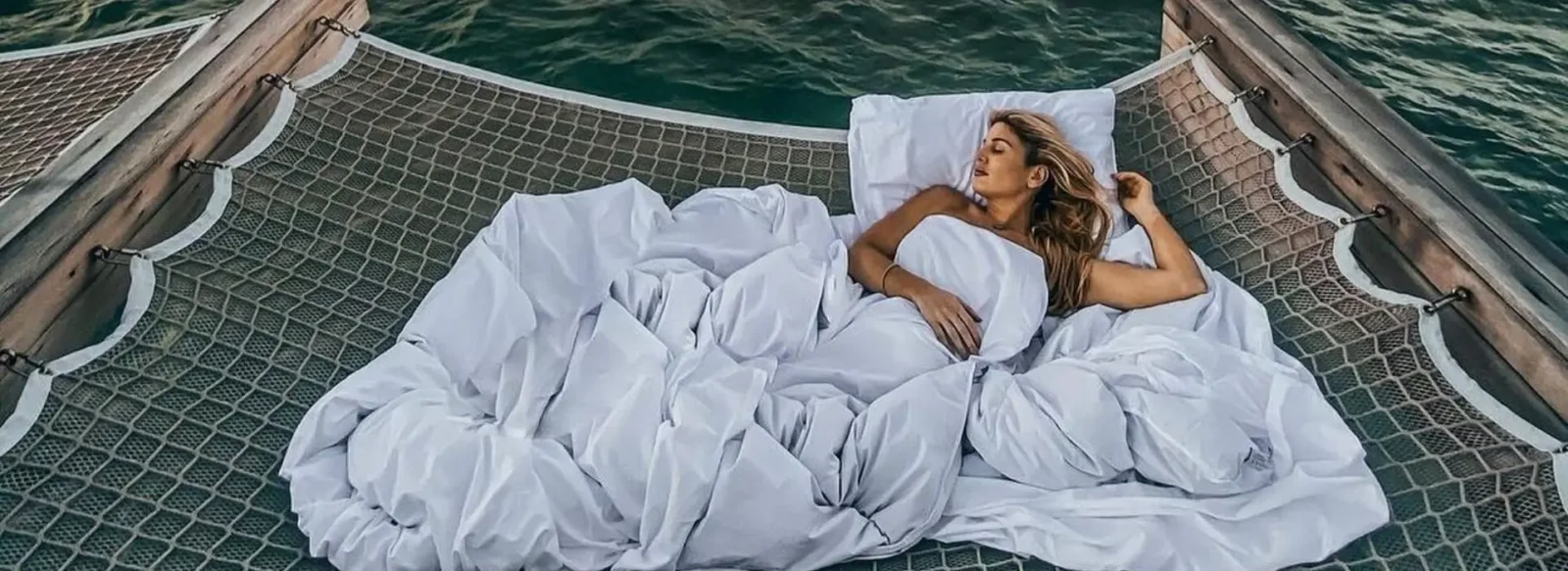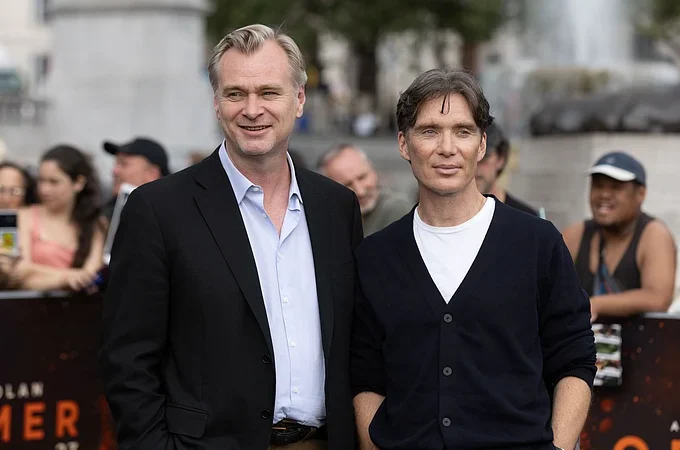On Instagram and TikTok, luxury seems effortless: influencers jet-set across continents, drive high-end supercars, flaunt designer outfits, and brunch at the most exclusive spots. The influencer economy, now worth billions, relies on the allure of this dream—glamorous, surface-perfect, seemingly attainable. But behind the gleaming photos and viral stories is a carefully crafted illusion—a playbook where perception is everything and reality often takes a backseat.
This article unveils what’s really happening behind the filters: the business of “faking it,” the tricks used to build a following, the real financial and emotional costs, and the effect this illusion is having on followers and even brands.
The Power of the Perfect Flex: Why Luxury Influencer Content Works
Wealth has always been aspirational. From sports cars to fashion campaigns, luxury sells because longing for more is psychologically powerful. Influencers know this. Their “highlight reels” are designed to trigger envy, desire, and admiration—making audiences more likely to double-tap, share, and—crucially—buy the brands they promote.
But online, reality is malleable. Influencers are under constant pressure not just to keep up, but to outdo—leading many to “fake it till you make it,” scripting a lifestyle they themselves may never fully live.
The Tricks Behind “Effortless” Excess
1. Renting for the Feed: Cars, Mansions, and Jets
A growing number of influencers stage luxury:
- Supercars: Lamborghinis, Ferraris, and Rolls-Royces are now rented not to drive but for a five-minute photoshoot. Rental companies in places like London and LA say more customers want the “shot” than the thrill—sometimes dressed for the next picture in the back seat.
- Luxury real estate: Those palatial homes, infinity pools, and modern kitchens? Often Airbnb or rent-by-the-hour “content houses” used for shooting multiple outfit changes to mimic weeks of affluence in a day.
- Private jets: “Runway photoshoots” let influencers book stationary jets for fake travel pics. Services in LA and Dubai regularly stage “jet life” images for social media—without ever lifting off.
2. Borrowed and Bartered Designer Goods
The closet tour, the “unboxing” of rare bags and couture? Many items are loaned by brands for a shoot or borrowed from stylist friends:
- High-end designers and PR teams distribute clothes and accessories as promo: the influencer gives a tag; the brand garners buzz.
- Secondhand shops, clothing rental, and wardrobe “bartering” are mainstream—especially for nano- and micro-influencers building a following on a budget.
3. The Power of Photoshop and Filters
With digital editing tools, it’s easy to:
- Place yourself in front of a Maldives sunset, luxury hotel, or private yacht.
- Smooth skin, whiten teeth, and erase distractions.
- Alter body shape and background for the “perfect” shot.
Apps and filters are now so sophisticated that it’s harder than ever to spot what’s real—until a slip-up goes viral.
4. “Business” Friendships and Social Staging
Not all influencer friend groups are organic. Many “squads” are curated for maximum engagement and cross-promotion, especially at big events. Some creators attend branded parties, festivals, and dinners only for content.
- Collaborations with other influencers (“collabs”) are meticulously planned for reach, not genuine connection.
- “Flash mobs” and pose parties—where dozens gather for a quick shoot—are more business than fun.
5. Fake Followers, Engagement Pods, and Viral Boosts
To appear more influential, some:
- Buy fake followers or likes from bot farms.
- Join “engagement pods,” groups who exchange likes/comments for algorithm advantage.
- Recycle old footage or “boost” posts for short-lived virality.
While many influencers grow audiences organically, the temptation for shortcuts is real in a saturated, competitive market.
The Hidden Costs of the Luxury Illusion
For Influencers
- Debt: Many influencers finance designer buys or trips with credit cards or even loans, hoping brand deals will offset costs.
- Burnout: The chase for content—travel, shopping, non-stop engagement—leaves many feeling empty, anxious, and exhausted.
- Loss of identity: The line between “brand” and “person” blurs; private struggles are hidden behind smiling, curated “content.”
- Risk of exposure: Influencers caught faking risk losing credibility, followers, and lucrative partnerships.
For Followers
- Social comparison: Endless exposure to “perfect” feeds distorts reality and can worsen self-esteem, especially among teens.
- Spending pressure: Seeing influencers wear or use luxury products can drive FOMO shopping and credit card debt for viewers.
- Trust erosion: Audiences are increasingly skeptical—but many still fall for the illusion, especially with seamless digital staging.
For Brands
- ROI confusion: Brands risk low conversion rates if followers catch fake luxury or spot unrealistic endorsements.
- Shift in strategy: Emerging brands turn to micro-influencers or “relatable” marketing after viral fake-luxury exposures.
Case Studies & Viral Exposures
Exposed: Rented Supercars and Jets
Rental agencies in the UK and U.S. reveal that up to half their influencer business is now “photo rentals”—not actual customers. One influencer changed outfits three times in the back seat for different “trip” shoots in an hour.
Designer Bags on Loan
Some high-profile “unboxing” influencers have been revealed to use borrowed or rented bags for shoots—sometimes even faking receipts for luxury hauls.
Influencer Confessions Go Viral
Several former “luxury” Instagrammers and TikTokers have publicly documented the emotional and financial downsides of chasing and staging the digital dream—losing friends, racking up debt, and burning out on algorithms.
Why Do Influencers Fake It?
- Algorithms reward spectacle: Social platforms boost bold, beautiful content, and “luxury” triggers envy, clicks, and shares, raising an account’s value for advertisers.
- Brand deals demand status: PR companies want aspirational partners—so creators feel forced to “upgrade” perceived lifestyle for more lucrative sponsorships or collabs.
- The perpetual hustle: With new creators entering daily, standing out becomes a visual arms race.
- Followers crave aspiration: Follower engagement rises for glamor, even if viewers suspect some fakery.
The Thin Line: When Inspiration Becomes Manipulation
There’s nothing inherently wrong with beautiful imagery or aspirational stories—fashion, lifestyle, and even fantasy always had a role in media. But when every detail is staged to manipulate emotions or spending, and reality disappears beneath the filter, influence becomes deception.
The influencer economy thrives because it works. But as more followers catch on to the tricks—publicly calling out fake “riches”—a new crop of creators and brands are shifting toward the “realistic luxury” trend: showing behind-the-scenes, talking about debt, and owning up to borrowed props.
How to Spot the Illusion—and Stay Grounded
- Look for transparency: Influencers who disclose ads, sponsorships, or label borrowed items help build trust.
- Diverse content: Those who mix daily life with glam shots, and who admit imperfect days, are usually more authentic.
- Consistent storytelling: Beware of creators who seem to travel endlessly or level up their lifestyle overnight with no visible income streams.
- Check tagged locations: Airbnbs, luxury resorts, and shooting venues reuseable by many create identical content for different accounts.
- Critical thinking: Ask yourself: Who profits if you envy or imitate this lifestyle? Is it realistic for most people?
Toward a Healthier Influencer Era
Awareness is rising—followers, watchdog groups, and even tax agencies (like the FBR in Pakistan) are scrutinizing influencer claims and demanding more honesty from luxury creators. New guidance and regulations urge brands and creators to disclose sponsorships and staged props.
The smartest influencers now mix authenticity with aspiration, sharing real struggles, creative hacks, and the hard work behind the content. Positive examples show that relatable, ethical influence resonates better—and lasts longer—than rented glamor.
Conclusion
The influencer luxury lifestyle is a curated illusion crafted for likes, shares, and sales. Rented supercars, borrowed designer goods, airbnb mansions, and clever photo edits can turn ordinary days into viral dreams. While a handful of creators actually live what they show, most are selling only the highlight reel—leaving behind spirals of debt, burnout, and distorted expectations. The truth? Perfection online often hides hard realities offline. Choose inspiration over imitation, and remember: the best life isn’t always the most photogenic.
References / Sources
- YouTube – How Influencers Fake the Luxury Lifestyle: https://www.youtube.com/watch?v=xd1c312R6hA
- NDTV – Social Media Influencers Rent Supercars: https://www.ndtv.com/world-news/social-media-influencers-rent-rs-6-crore-supercars-just-for-instagram-clout-report-9327934
- Who’s That 360 – Influencers Renting Out Luxuries: https://www.whosthat360.com/lifestyle/yay-or-nay-influencers-renting-out-luxuries-to-look-rich-on-social-media-5989059
- Mazlan Abbas – How Influencers Fake Their Way to the Top: https://mazlanabbas.com/2025/02/09/how-influencers-fake-their-way-to-the-top-the-dark-side-of-social-media-fame/
- Wearisma Insights – State of Influence Report: https://www.wearisma.com/insights-from-our-luxury-2025-state-of-influence-interactive-report/
- The Wellness Corner – How Fake Social Media Lives Impact: https://www.thewellnesscorner.com/blog/fake-social-media-lives-impact










Leave a comment